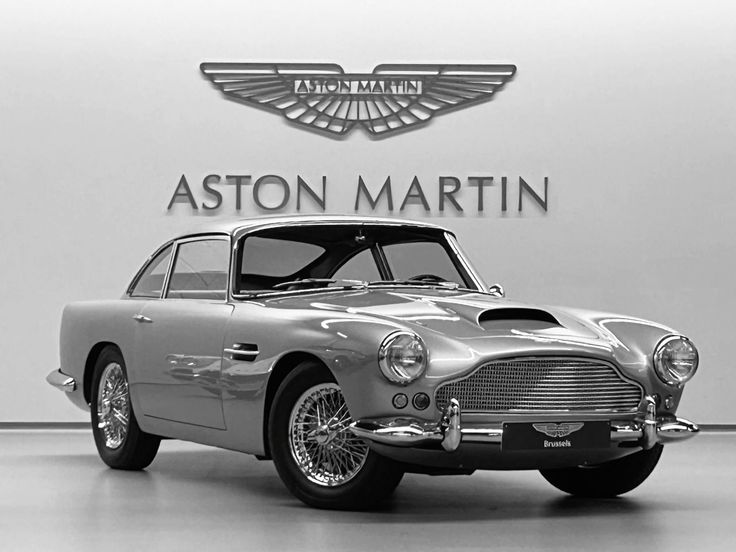The Gentleman Spy’s Mechanical Tuxedo – The Car That Taught the World How to Be Cool
The Aston Martin DB5 wasn’t birthed in a meeting room with bean counters and mood boards.
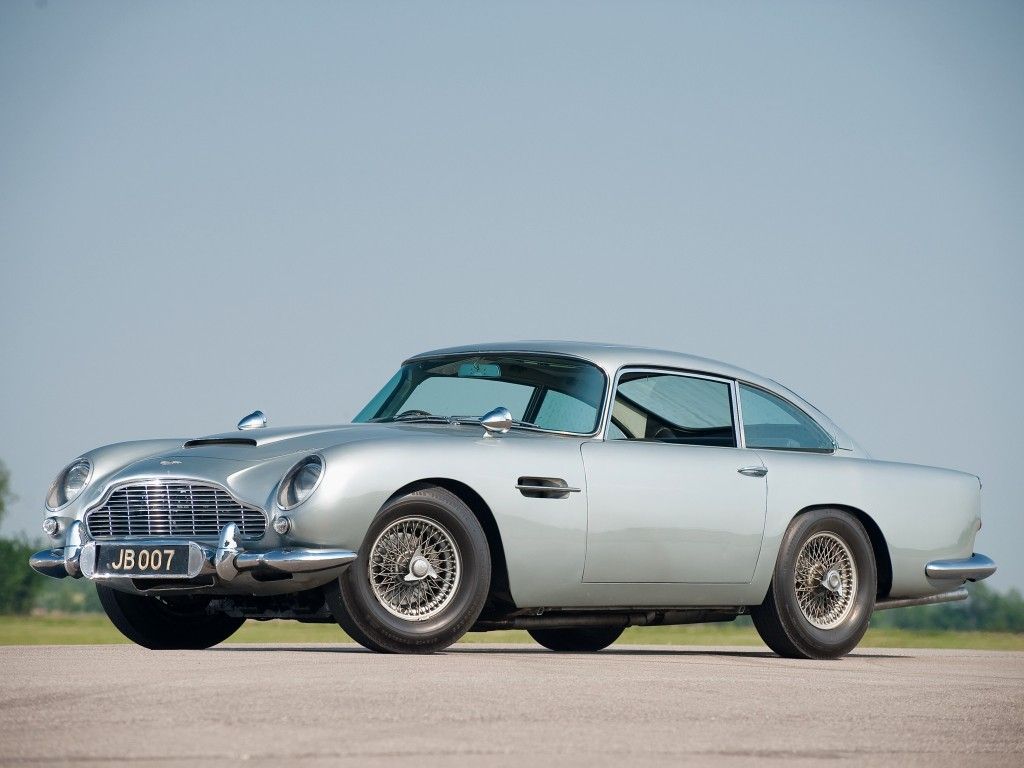
No, it came roaring out of the eccentric mind of David Brown—yes, that DB—who bought Aston Martin in 1947 for less than the price of a London flat today. By the time the DB5 rolled around in 1963, it was clear Brown didn’t want just another posh car.
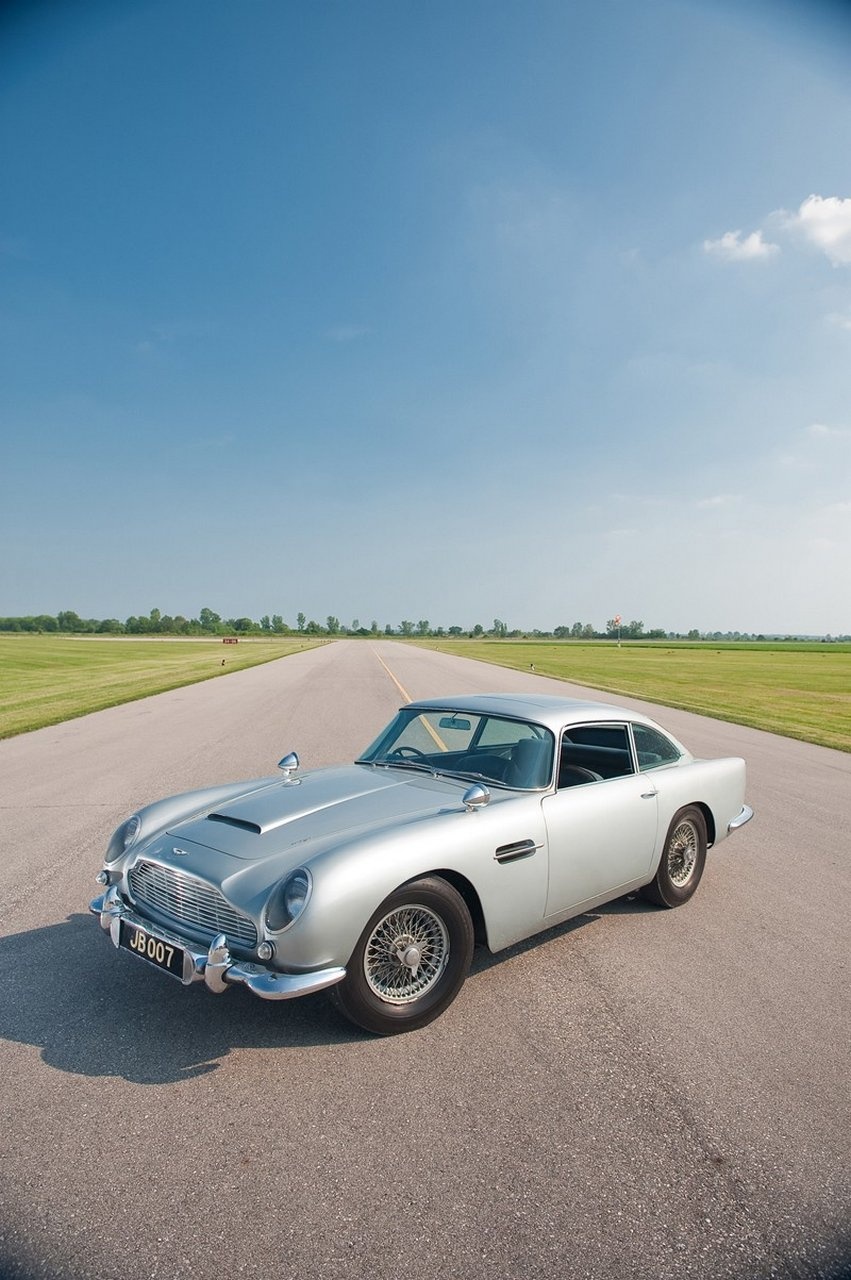
He wanted the car. And with the help of chief engineer Harold Beach and the Italians at Carrozzeria Touring Superleggera, they penned one of the most beautiful machines ever to slink down a driveway.
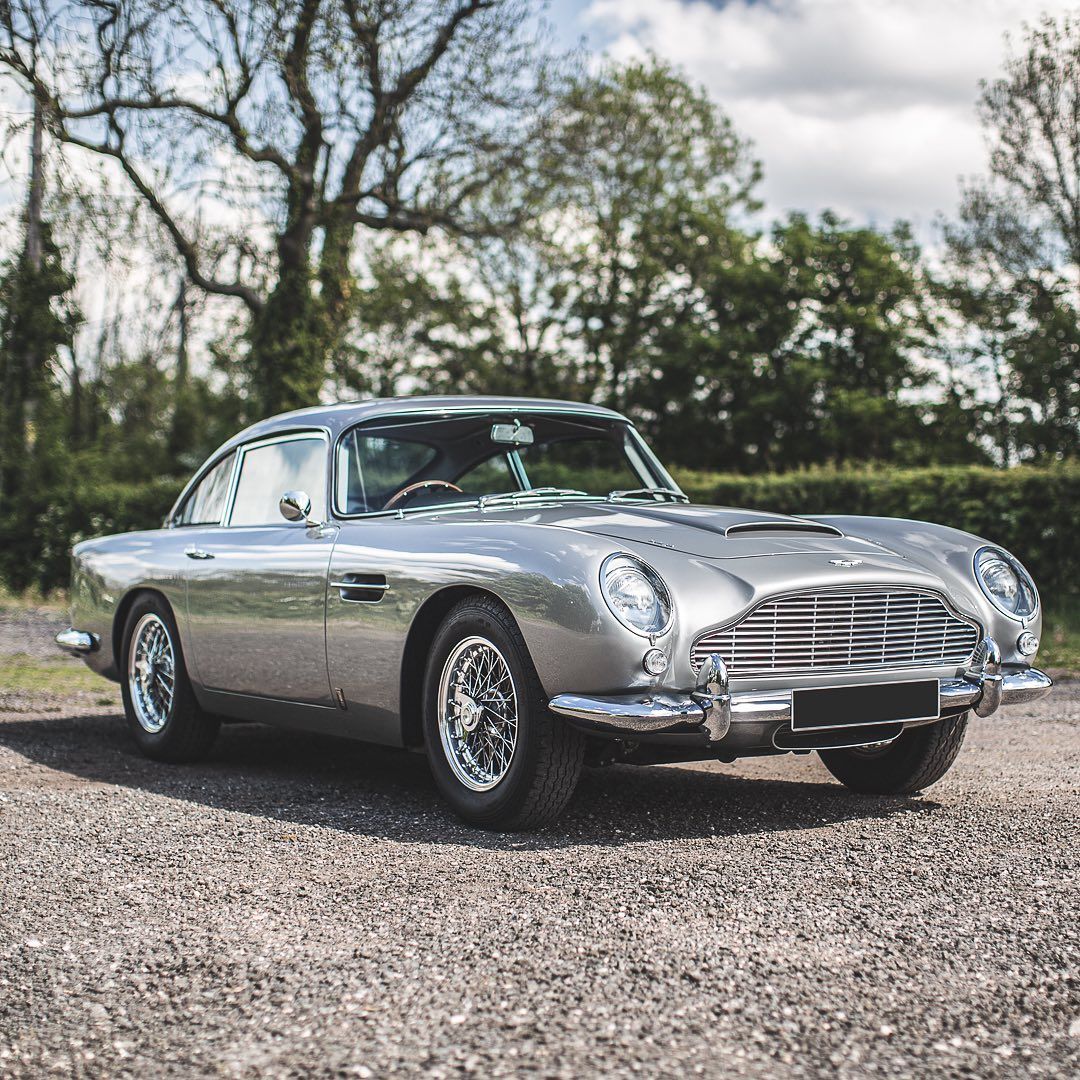
But then came Bond—James Bond—and everything changed. Production designer Ken Adam and effects maestro John Stears were handed a pristine DB5 and told to "gadget it up."
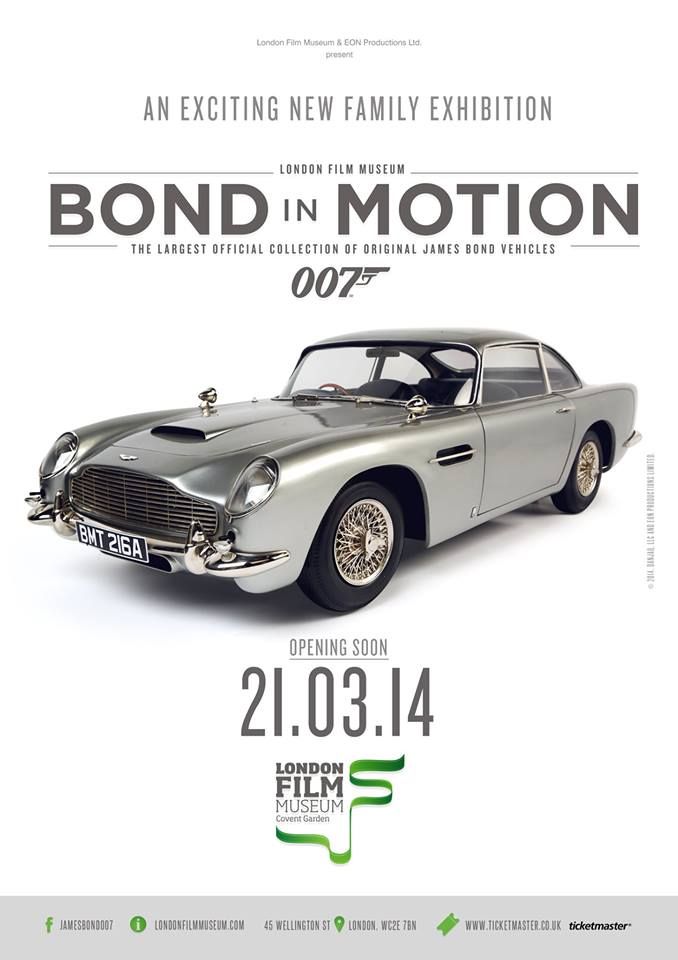
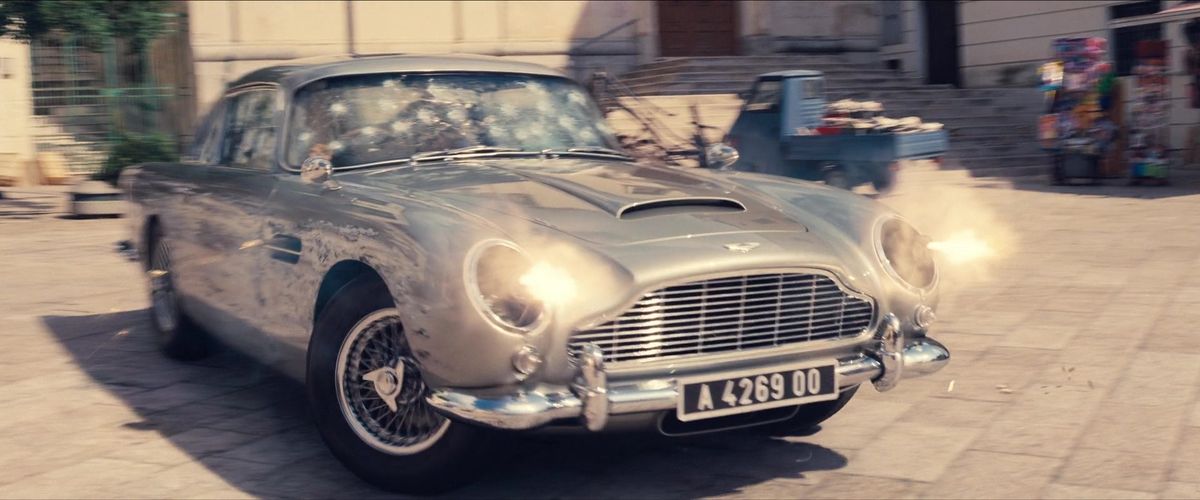
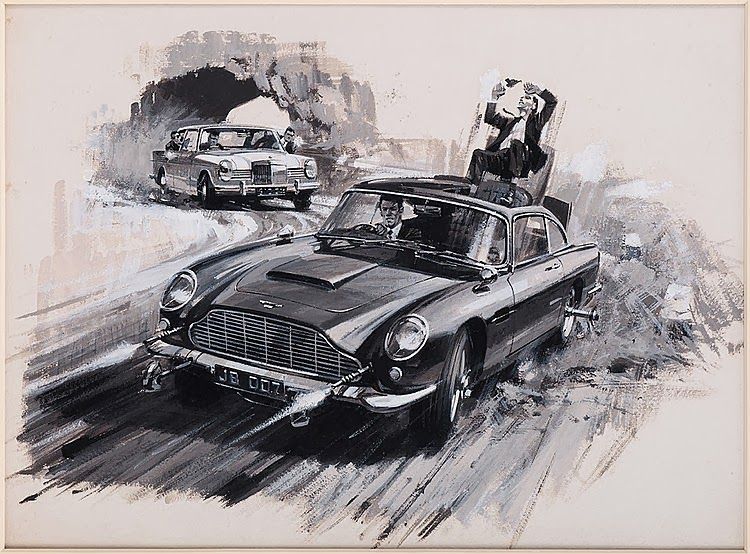
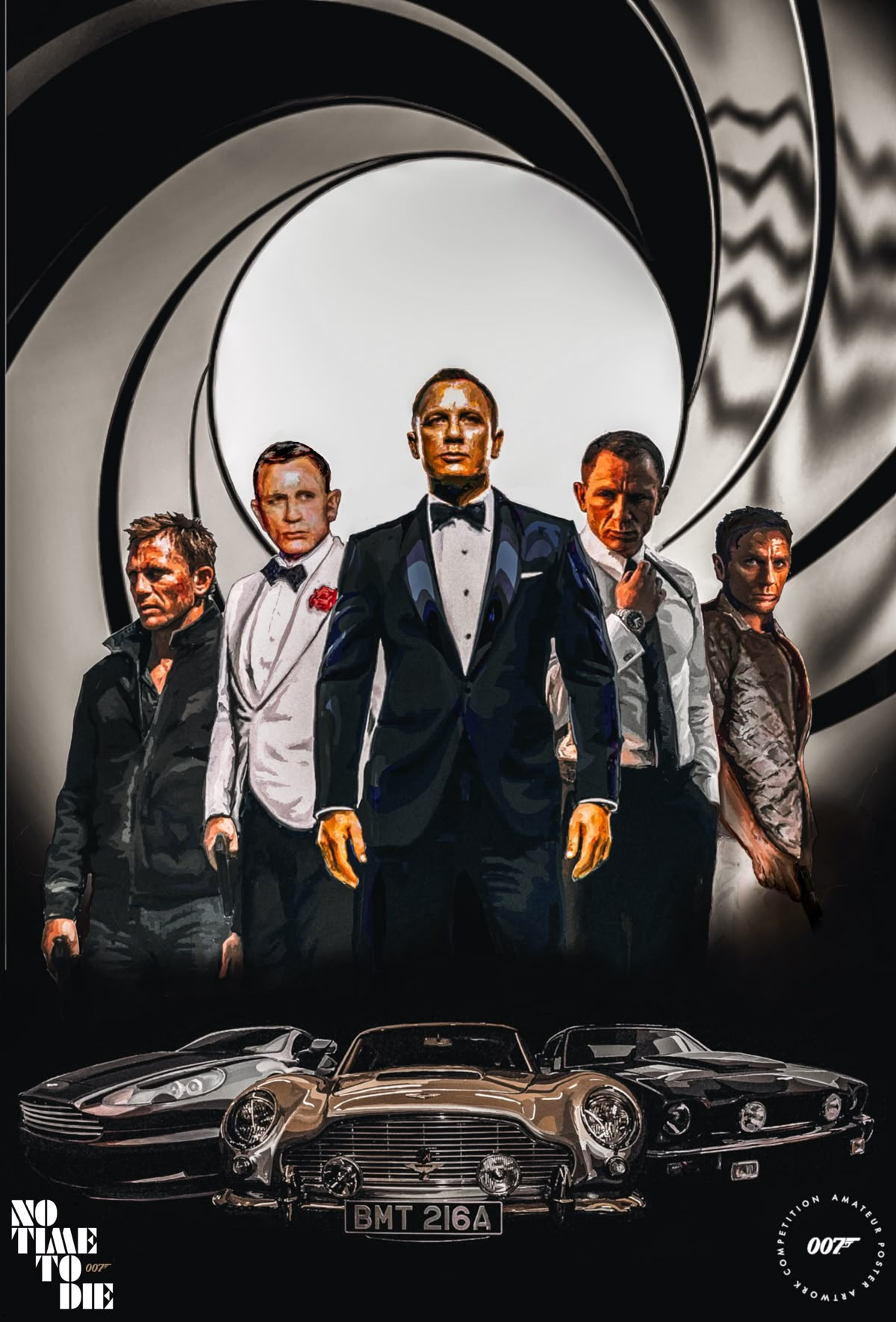

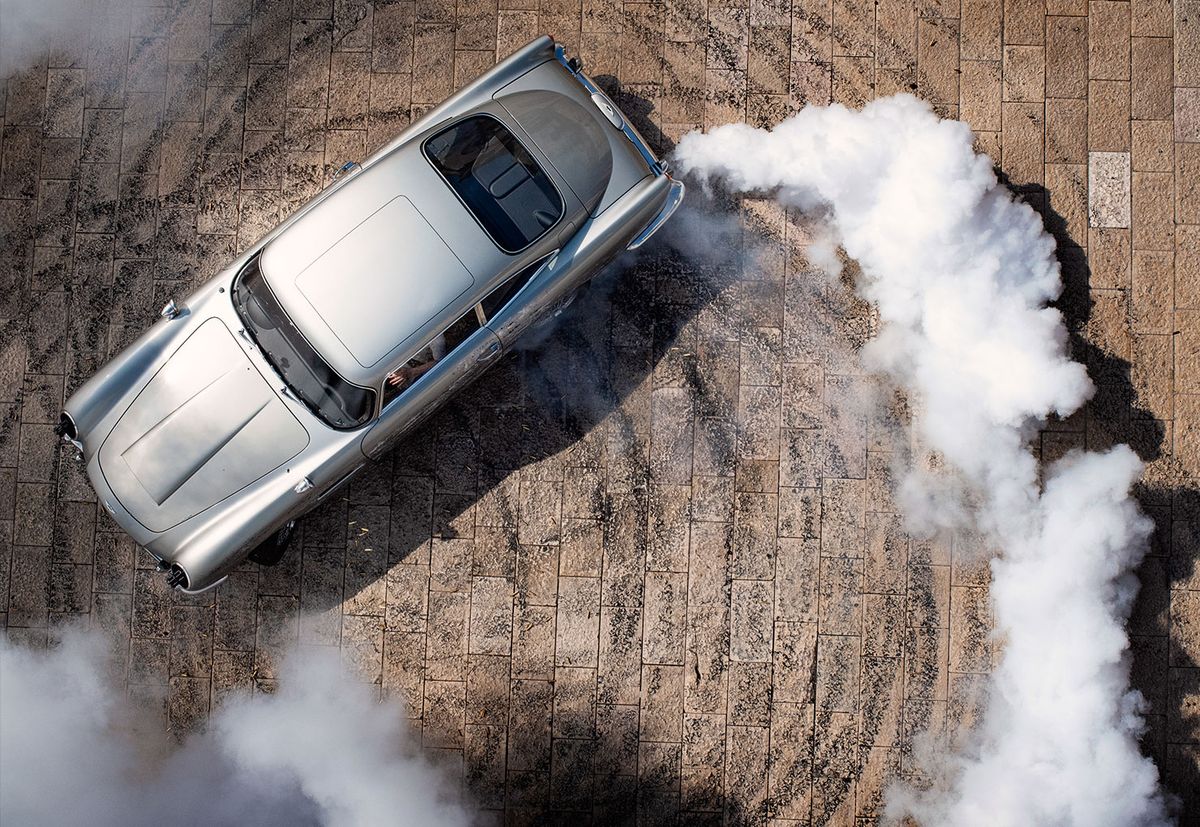
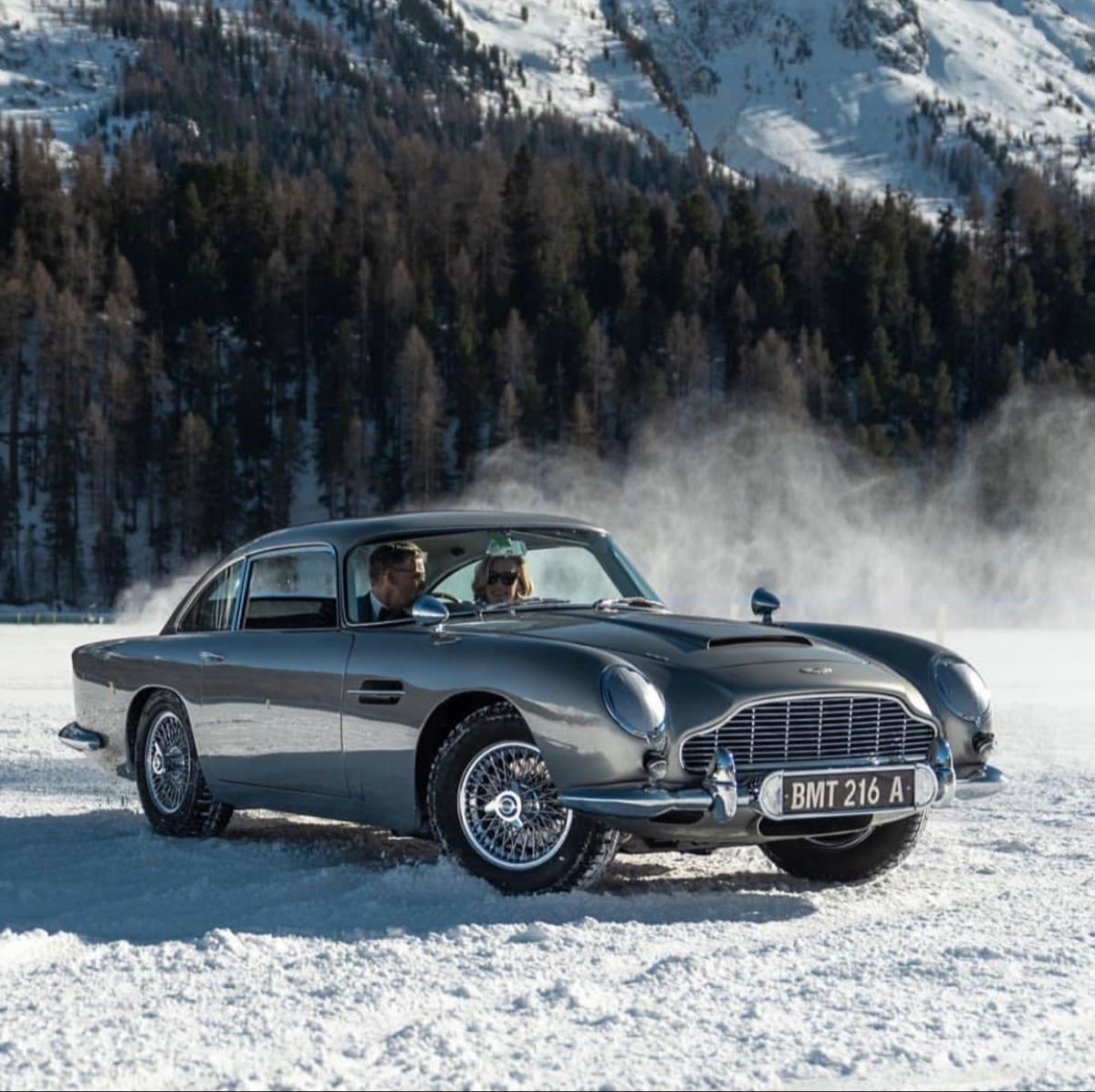
In just six weeks, it had machine guns, a smoke screen, oil slick dispensers, bulletproof rear shield, and an ejector seat. Not a theoretical one either. A real seat with a real spring. Thanks to Goldfinger, this suave coupe became more famous than Sean Connery’s eyebrows.
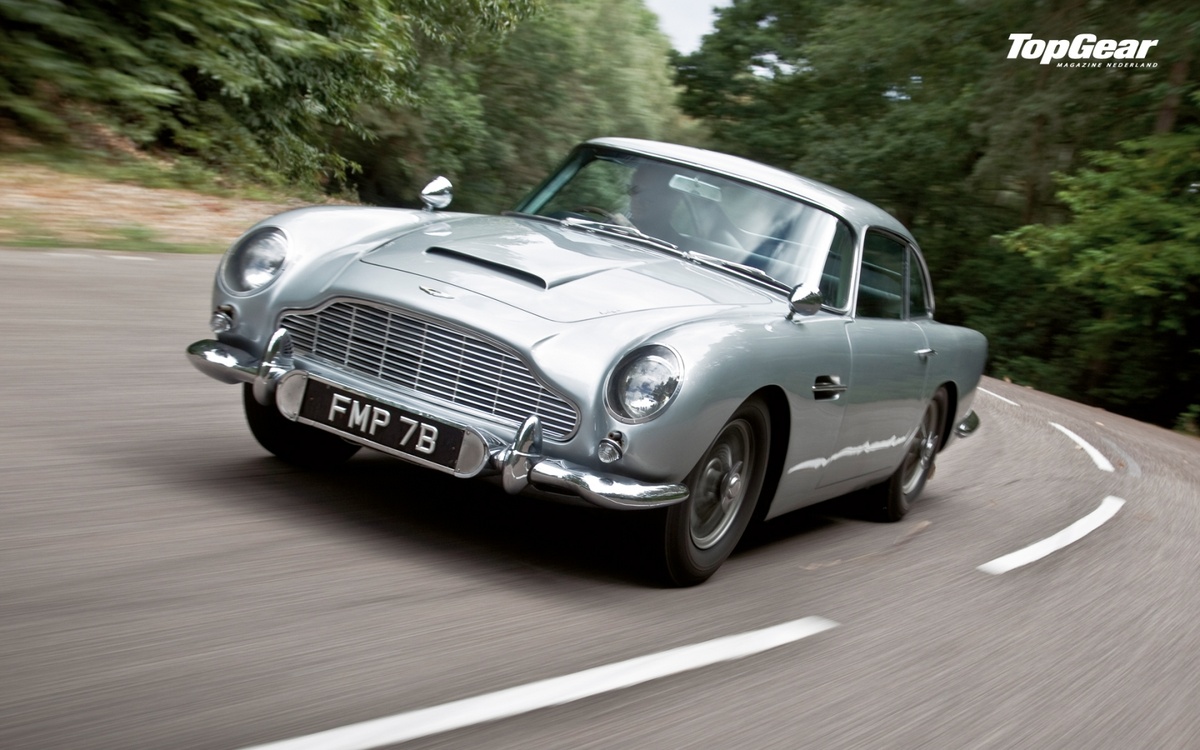
Under the bonnet? A 4.0-litre inline-six, making about 282 horsepower—though some claim the Vantage version made a bit more.
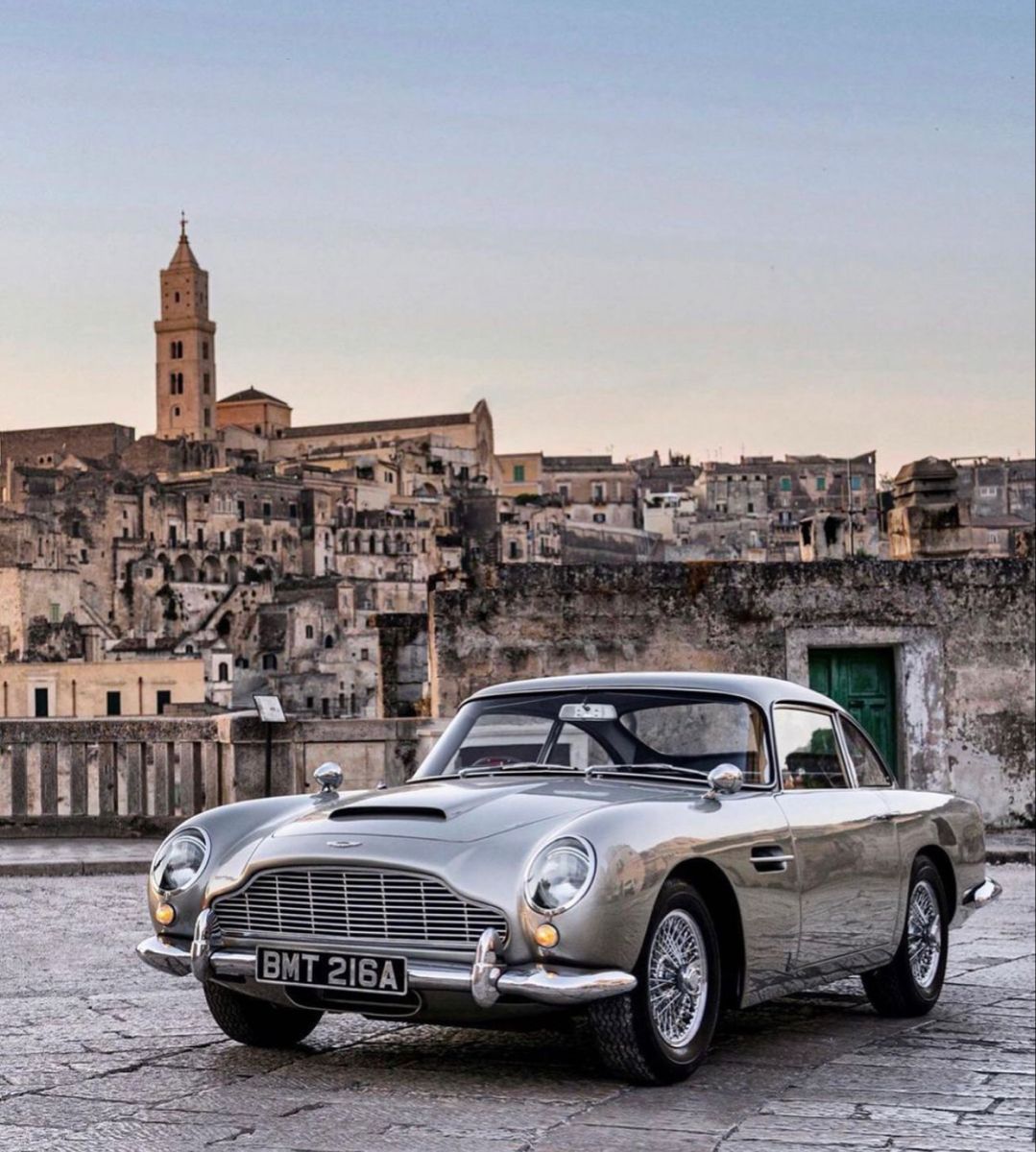
It had a five-speed ZF gearbox (a huge step up from the DB4’s four-speed), and a top speed of 145 mph, which in the 1960s was roughly equivalent to launching into orbit. 0 to 60 mph? Just over 7 seconds—meaning you could outrun most things... except your bookie.
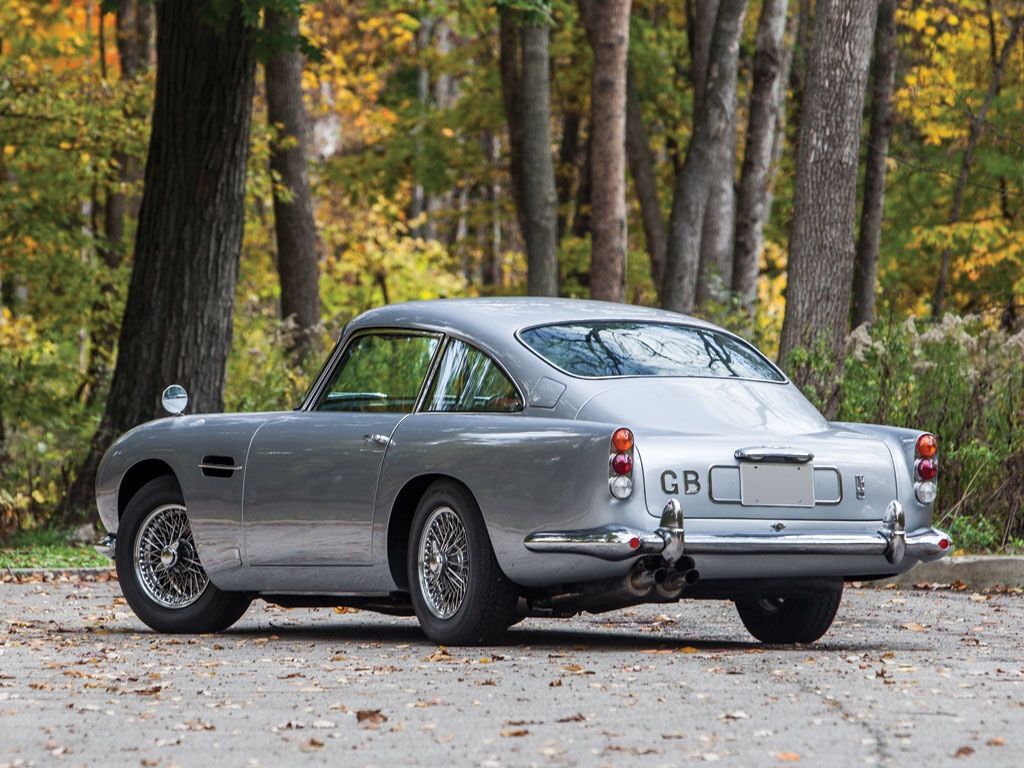
Only 1,059 were ever built between 1963 and 1965, and most have aged like a fine Scotch whisky. The DB5 is now worth well north of £1 million, with movie cars going for four, five, even six million at auction. And in a move that only Aston Martin would be bonkers enough to pull off, they recently re-made 25 brand-new “Goldfinger Continuation” DB5s—complete with gadgets. Yes, functional ones. And no, they’re not road legal. But when has that ever stopped Bond?
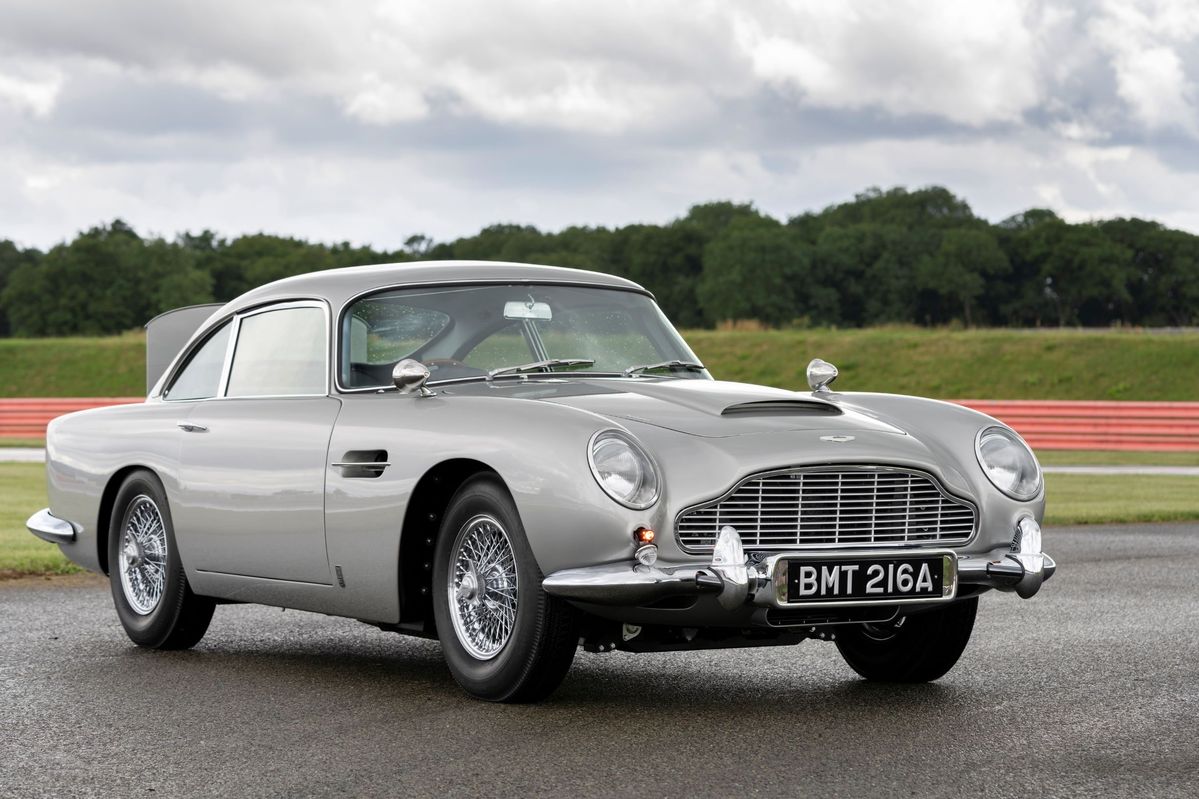
What really makes the DB5 special isn’t just the design, the performance, or the cachet. It’s the myth. It’s Connery behind the wheel, it’s the Cold War cool, it’s being the only car that looks proper pulling up to both a casino and a volcano lair. It’s Aston Martin at its cinematic, unapologetic, martini-sipping best.
